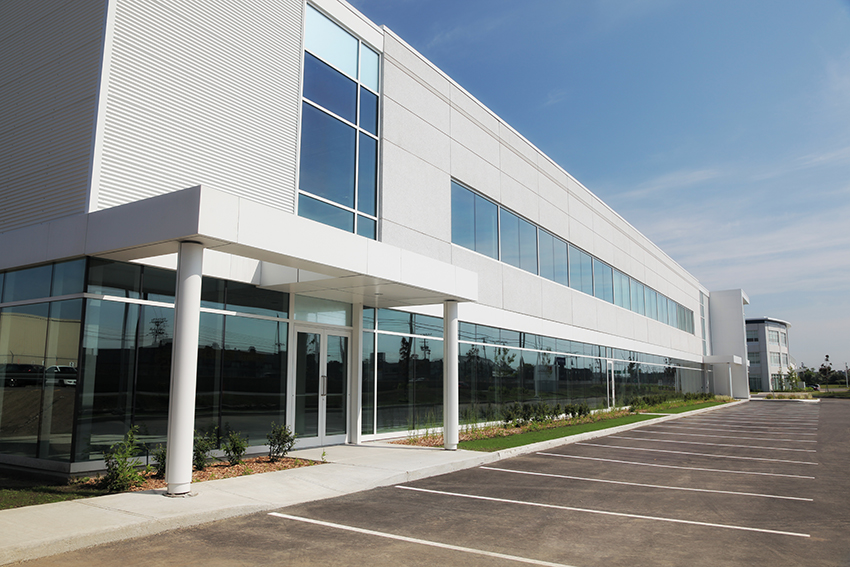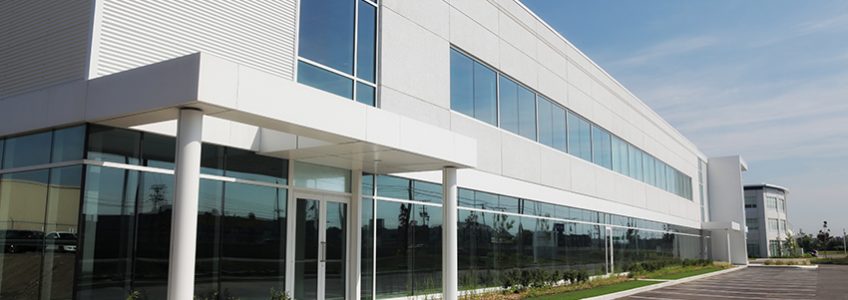Understanding the Basics of 1031 Exchanges

When a business owner or investor sells a piece of property, the taxes on that sale can be significant. Using a 1031 exchange can help you defer tax payments, under qualifying circumstances. Here, we will explain how this process works and help you understand the basics of 1031 exchanges.
WHAT IT IS
The 1031 exchange gets its name from Internal Revenue Code Section 1031. Under this law, a taxpayer can postpone taxes from the sale of an investment or business property by reinvesting those earnings into another property or properties of equal or greater value to the one sold.
Some of the most common properties exchanged include:
• Apartment buildings
• Retail shopping outlets
• Office buildings
• Duplexes and triplexes
• Industrial buildings
Exchanges once were allowed for any type of investment property, including vehicles, collectibles, equipment, and even patents. Because of changes made by the Tax Cuts and Jobs Act of 2017, exchanges of personal property and intangible business resources are no longer permitted.
IRS GUIDELINES
To qualify as a 1031 tax-deferred exchange, the IRS has a list of rigorous guidelines that must be followed.
• Relinquished property (any property being sold) and replacement property (the property being acquired) must be real estate, or “like-kind” assets. But exchange properties can be of different types, i.e. a duplex seller can buy a retail property, or a land seller can buy an apartment building.
• Replacement property should be of equal or greater value, though that value can be spread across several properties. If replacement property is of lower value, you will be taxed on the difference.
• The most common type of property ID is the Three Property rule. Here the property seller can identify up to three replacement properties within a 45-day window, which includes weekends and holidays. This timeline is activated as soon as your relinquished property sale closing occurs.
• Any replacement property or properties must be fully purchased within 180 days of the relinquished property’s sale. This includes an official transfer of ownership title.
• You are prohibited from holding any money from the sale of the relinquished property you want to exchange. A qualified intermediary, or accommodator, is required to hold onto your money until the new property is purchased.
Failure to follow these regulations will repudiate the 1031 exchange provision, resulting in tax impositions.
BENEFITS
The most obvious benefit of a 1031 exchange is the capital gains tax deferment. By delaying (or ultimately eliminating) the tax burden, you will have more money available for your next investment or investments.
Additionally, a 1031 exchange can be reapplied any time you sell a property. This allows you to increasingly trade into investment properties and significantly grow your net worth.
LET OUR EXPERTS GUIDE YOU
If you have questions about whether this tax strategy can work for your investments, contact us. Tom Opsahl or John Chirhart from our team of real estate brokerage experts can help you navigate the details to ensure you understand the basics of 1031 exchanges.
Gaughan Celebrates with Toppers Pizza Grand Opening
Toppers Pizza, one of our new Tenants at Club West Plaza in Blaine, MN, is celebrating their grand opening on Saturday, May 5, 2018. They are known for their fresh dough, delicious toppings, and real Wisconsin cheese! The first Toppers Pizza opened in Whitewater, WI, in 1993, and since then, they have expanded to over 75 franchised locations throughout the Midwest. While they primarily offer delivery services, they also have an open, show-kitchen design where customers can stop in and watch the creation of their pizzas.
Congratulations, Toppers Pizza! We are proud to highlight this business and welcome them to the area. For more information or to order your next meal, visit www.toppers.com!
The Commercial Construction Process – Part Three
This concludes the series on the commercial construction process. When we left off a few weeks ago, the HVAC, plumbing, electrical systems, drywall and doors had all been completed. (You can read part one here and part two here.) Now let’s turn our attention to finishing up and moving in.
After the building’s main systems have been installed, it’s time for the cosmetic details to be applied. Flooring, painting, light fixtures, plumbing fixtures, door hardware, electrical device covers, trim and cabinets are installed as the last step of the building process.
Landscaping and final site improvements are completed. HVAC, electric and water systems are turned on. All required inspections are completed to assure that construction has been performed in accordance with the plans and specifications and that the building is safe to occupy. Once all inspections have been satisfactorily completed, a Certificate of Occupancy is granted deeming the building safe to begin business.
As the building was being built, it was inspected by professionals at every step of the process. After the final inspections, most general contractors will call a meeting with their team to discuss how the project went. This provides them a chance to discuss any problems that may have occurred along the way and develop a plan for their next project. It’s also a good time to review the budget and verify that everything has been completed as budgeted.
As the contractors walk through the building, they create a punch list of any items that need immediate repair. These normally relate to defects in finishes and typically include repairing nicks in walls, repairing a crack in the floor, or changing light fixtures.
If a formal closing has not already been established by the lender, the building owner will need to complete this step before anything else can be done.
Lastly, if not already on site, curtains, blinds, cabinets, furniture, office equipment, desks, chairs, phone lines and appliances (such as microwaves and refrigerators for breakrooms) will be installed.
Depending on the size and planned use of the new building, the business owner may arrange for the press to come out for a grand opening. Often, a ribbon cutting ceremony is accompanied by a festival-like atmosphere as employees and members of the community are brought in to tour the building. A start date for operations is determined and staff are given a report date. Generally, within a few days or weeks of taking occupancy of the building, the business is ready to open its doors, and the process is complete.
-Dan Hebert



